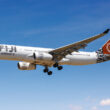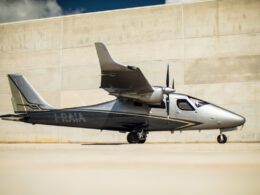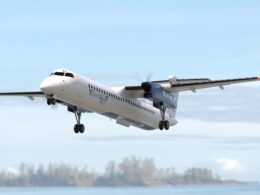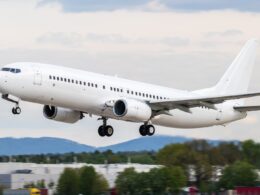The U.S. Federal Aviation Administration (FAA) continues to evaluate Boeing’s efforts to return the 737 MAX back to the skies. However, the process appears to be going less than fluently for the plane maker, as the authority admits having “recently” found “a potential risk”.
FAA says it is still evaluating Boeing’s Maneuvering Characteristics Augmentation System (MCAS) modification, along with creating training requirements and responding to recommendations received from the Technical Advisory Board (TAB). The process “is designed to discover and highlight potential risks”, as FAA puts it, ‒ and “risks” were found indeed.
“The FAA recently found a potential risk that Boeing must mitigate,” the authority admitted on June 26, 2019, without going into detail what those “potential risks” constitute of. However, it could be suspected that the issue is related to uncommanded or runaway stabilizer motion.
“Boeing agrees with the FAA’s decision and request, and is working on the required software,” according to the company’s statement on June 26, 2019. “Addressing this condition will reduce pilot workload by accounting for a potential source of uncommanded stabilizer motion”.
Boeing announced finishing the software update on May 16, 2019. At the time, the manufacturer also said it was providing FAA with information on how pilots interact with airplane controls and displays in different flight scenarios, and expected MAX re-certification to begin after addressing these FAA’s “requests”.
In early June 2019, another bump in the path of MAXs’ return to skies appeared. Boeing has found discrepant parts on some 737NG and 737MAX aircraft. Leading edge slat tracks on the planes “may not meet” strength and durability regulatory requirements, FAA said in a statement on June 2. The authority estimates that 133 NG and 179 MAX aircraft of the worldwide fleet are affected. The affected parts were manufactured by a Boeing sub-tier supplier.








